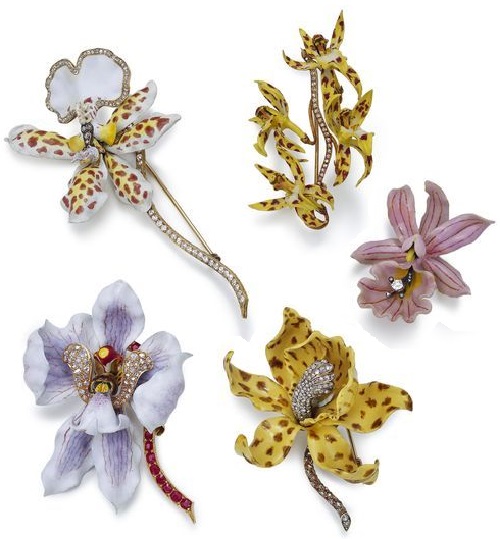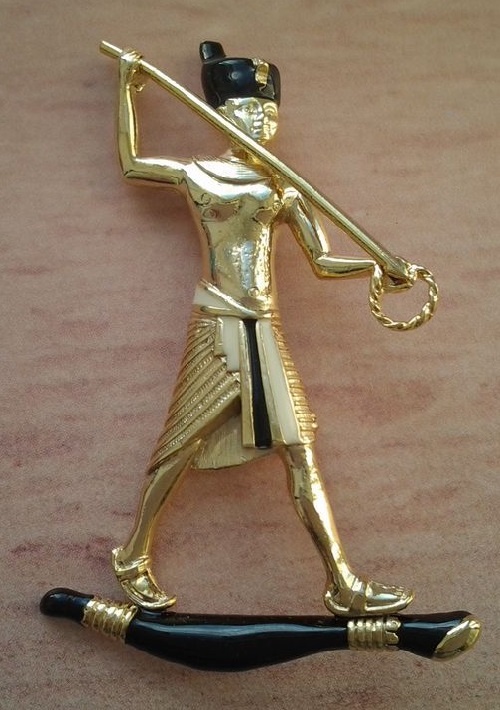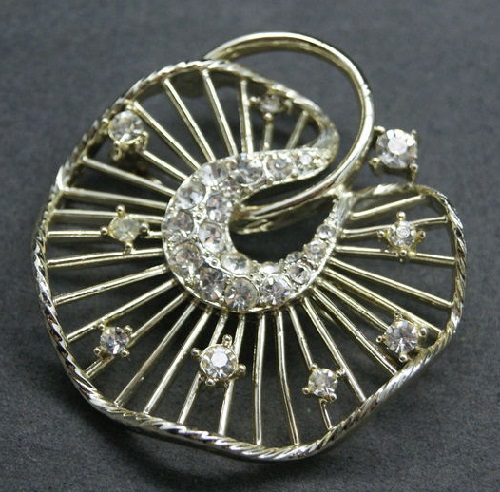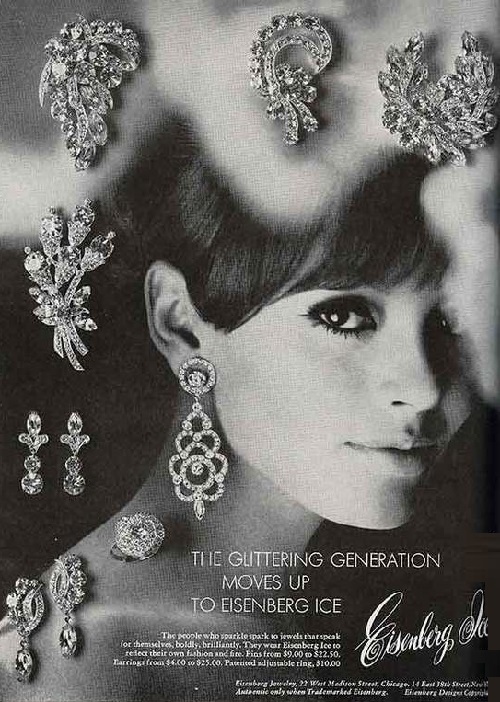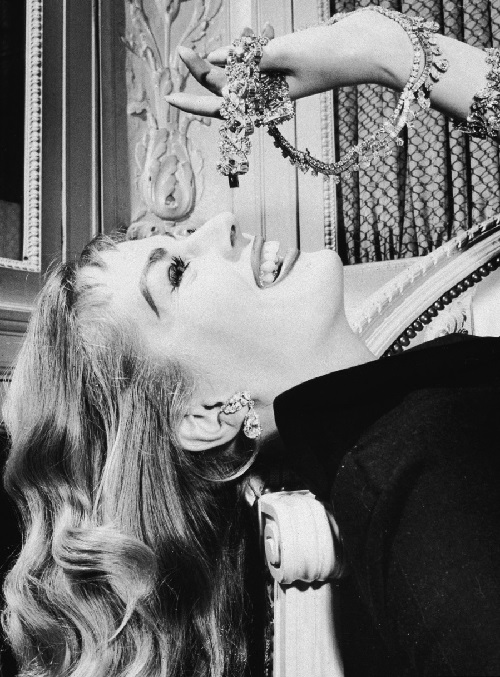Paulding Farnham floral brooches
Paulding Farnham floral brooches
At the beginning of the 20th century, Tiffany and Co. produced a number of fabulous, realistic floral brooches. Among them were realistically beautiful exotic orchids – notable designs by a talented jeweler G. Paulding Farnham.
Born in 1859 in New York to a wealthy family, he first started working for Tiffany’s around 1885, until 1908. Farnham became the artistic director of Tiffany’s display of gems in Paris in 1889. These extravagant orchid brooches by G. Paulding Farnham were in the firm’s display at the Universal Exposition of 1900. The brooches were among the twenty-four orchids designed by Paulding Farnham for Tiffany & Co.
Noteworthy, Tiffany & Co. received the Gold Medal at the Paris Exposition in 1889, largely due to the success of the enameled orchids designed by Paulding Farnham.
More »
